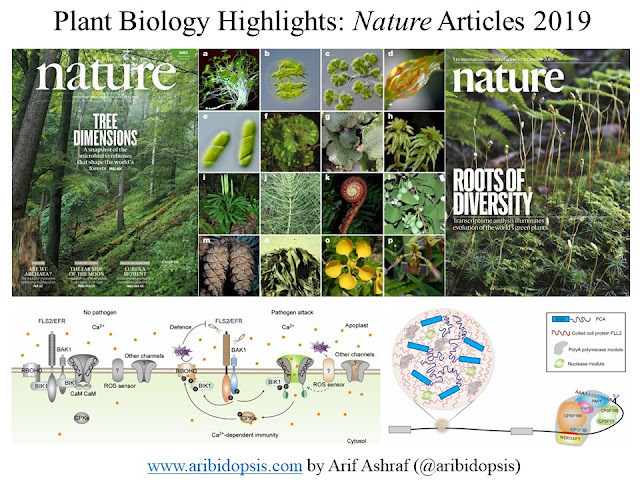Ethylene Biosynthesis Pathway: Part 02
According to last post, we came to know that how methionine was discovered as persursor for ethylene biosynthesis. The very next question was whether it is a single step biosynthetic process or multiple steps. In case of multiple steps, there are metabolic intermediates. On that time scientists had two clues to decipher metabolic intermediates. Conversion from methionine to ethylene requires oxygen and inhibited by DNP (2,4-dinitrophenol). DNP is known for uncoupling oxidative phosphorylation. For instance, "phosphorylation" of Adenosine Diphosphate (ADP) by ATP synthase gets disconnected or "uncoupled" from oxidation. So, when they thought about immediate product from methionine where ATP synthase (converts ADP to ATP) is required, the possible one is S-adenosyl methionine (SAM). The conversion step from methionine to SAM requires energy in the form of ATP. So, when DNP blocks that ATP synthesis process, there is no SAM and consequently no ethyle production.
In 1973, for the first time Burg reported that methionine is converted to SAM as metabolic intermediate for ethylene biosynthesis. At the same time, they showed that methylthioadenosine (MTA) is produced along with ethylene. Radio labeled methionine also confirmed that ethylene and methionine are produced together during ethylene production.
Later they tried to simulate a situation, where ethylene will not be produced and to observe whether MTA is produced or not. If there is no ethylene production, but MTA is present; then MTA and ethylene production is probably unlinked and vice versa. So, they tested that hypothesis in two following situations.
- They tried in unripe apple, because it doesn't produce ethylene. And they observed that unripe apple doesn't produce MTA (also no ethylene) after the application of methionine.
- They used one inhibitor, AVG (aminoethoxy vinyl glycine), whetre SAM is produced by no ethylene is produced afterwards. On that case, they didn't observe any MTA.
So, the conclusion was that SAM is the metabolic intermediate from methionine to ethylene conversion. If SAM doesn't degrade, there is no ethylene production and no MTA also.
For research article, please follow the link below:
Wait for the next post to know how we got the knowledge about SAM to ethylene conversion.





Comments
Post a Comment